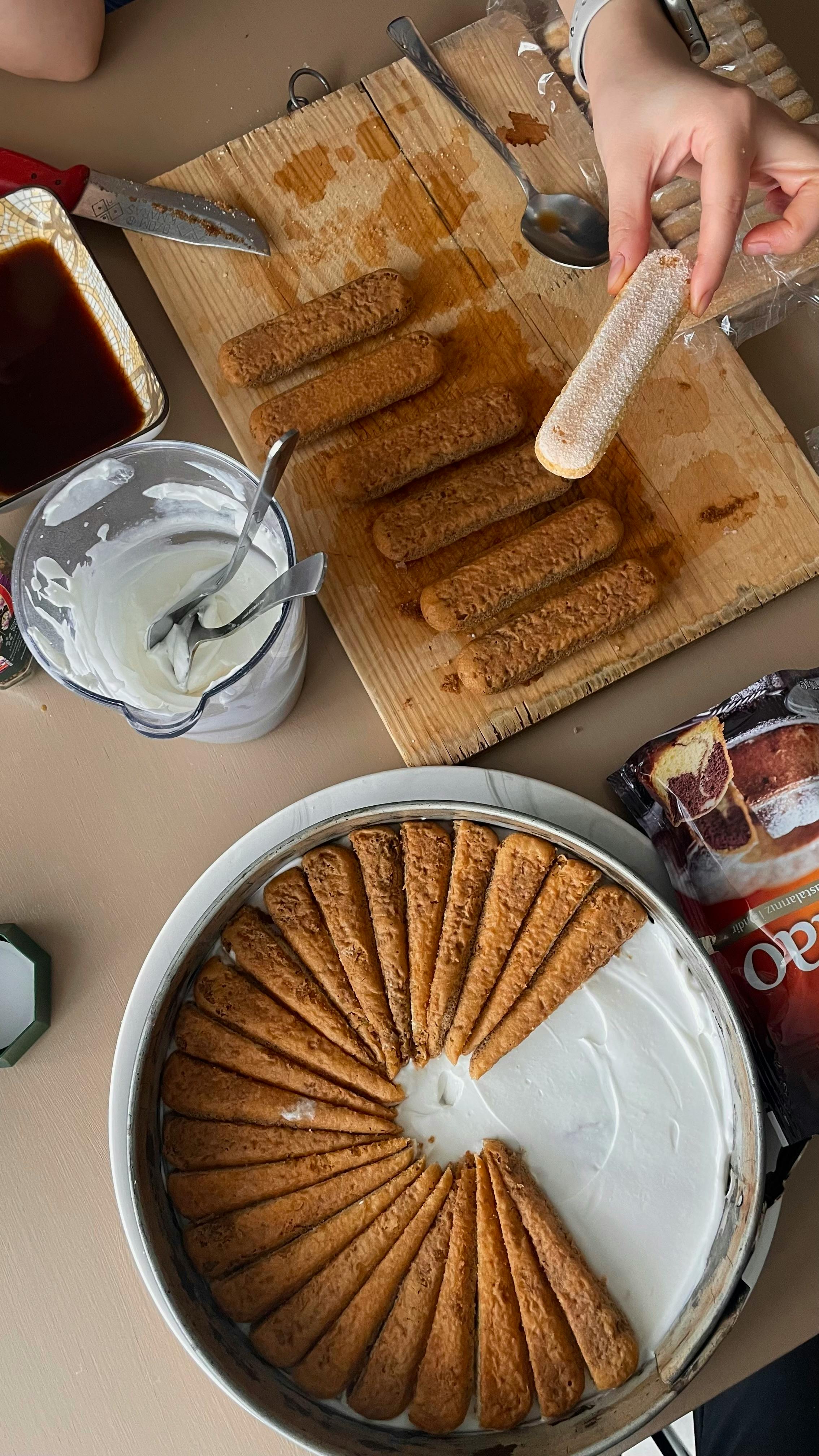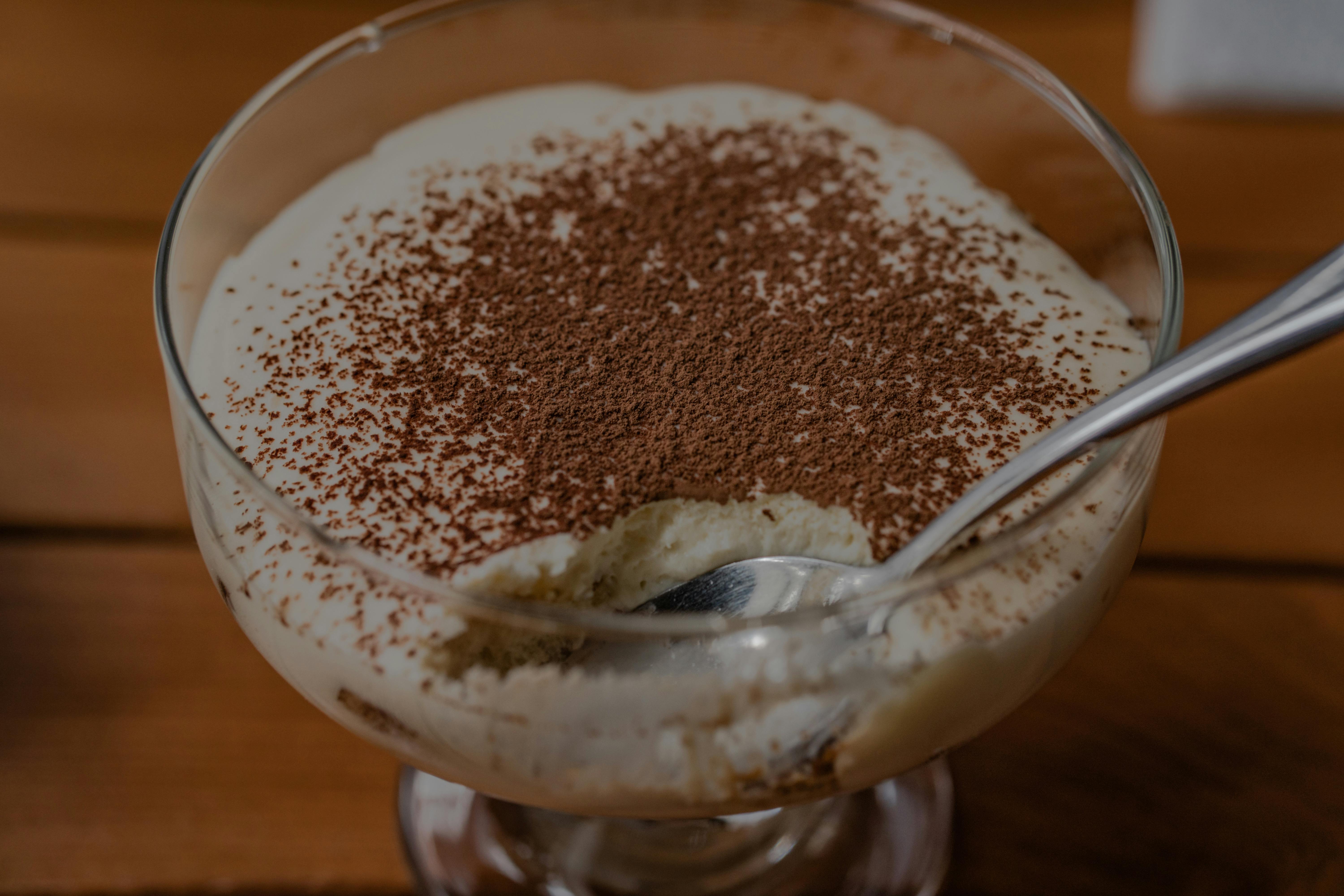Authentic Tiramisu: Italian Chefs Share Foolproof Secrets for Rich Flavor
Ever bite into tiramisu expecting that dreamy, cloudlike texture—and instead get a disappointing mush, or worse, a bland, dry spoonful? It’s wild how a recipe with so few ingredients can trip up even the most dedicated cooks. Back when I started cooking Italian desserts seriously, I was convinced tiramisu was easy—it’s just coffee, eggs, mascarpone, ladyfingers, right? Actually, let me clarify that: there’s more going on beneath that dusting of cocoa than meets the eye.
What really strikes me now—after testing dozens of versions, speaking to professional chefs in Rome and Milan, and absolutely ruining a few pans myself—is that making truly authentic tiramisu is a balancing act of science, tradition, and a surprising bit of improvisation. This isn’t about “just follow the recipe.” It’s about understanding the core secrets Italian chefs live by for texture and flavor, and learning exactly where you can experiment (and where you absolutely should not).
Assembly Mistakes—and Kitchen Fixes Italians Swear By
Here’s the secret most recipes won’t mention: assembling tiramisu is where confidence turns into chaos. Some of my biggest kitchen mistakes have happened right at the layering stage. I’ll be completely honest—when I first started, I’d soak the ladyfingers thinking it’d make for extra-moist texture. The result? Soggy slabs and lost structure. The truth is, “dip, don’t drown,” as my Roman chef friend Alessia told me during a steamy kitchen session in Trastevere3.
- Prepare the coffee syrup and let it cool. Never hot, never chilled—lukewarm is perfect.
- Dip the Savoiardi for exactly 2 seconds (or a gentle roll in the syrup, not a bath).
- Layer in a glass or ceramic dish for better chill control.
- Use half of your mascarpone cream on the base, layer tightly, and repeat.
- Finish with an even, wispy dusting of cocoa—never clumpy.
Actually, thinking about it now, what I should have emphasised is that a classic tiramisu isn’t whipped or folded the same way as other desserts. Eggs are separated; yolks get creamed with sugar until pale, then blended carefully with mascarpone. Whites are whipped to stiff peaks and folded in gently—a step so often rushed. Make sure to use a wide spatula, not a whisk; the cream needs gentle persuasion, not force.
If your cream collapses—don’t panic. Italian chefs recommend “rescuing” split mascarpone mixtures by warming gently over a bain-marie and whisking slowly. It’s not foolproof, but it beats tossing the batch.

Featured Snippet Tiramisu FAQs: Direct Chef Answers
What Is the Actual Secret to Never-Soggy Tiramisu?
The number one mistake is over-soaking. Professional chefs dip ladyfingers for just 2 seconds into cooled espresso–no more, no less. According to a technical report from the Italian Culinary Institute6, excess liquid dissolves the starch matrix, causing a gluey texture. Authentic texture relies on quick, firm dipping and rapid assembly, followed by proper chilling.
Can I Use Coffee Liqueur or Marsala Wine?
Yes, but only if your diners want it, and in tiny quantities. Classic tiramisu is liquor-free in most of Italy, but some regions (especially Veneto) add a touch of Marsala or coffee liqueur for a subtle kick7.
Why Does My Cream Sometimes Split or Go Runny?
Mascarpone breaks down if blended too vigorously or with cold ingredients. Start with room temperature eggs and cheese, and fold gently—not aggressively. Aiming for air, but not “whipped” like cream, is key. Learn from my mistake: I once tried to speed things up with a stand mixer—total disaster. Hand-mixed gives you control.
Professional Call-to-Action: Your Next Tiramisu Is Legendary—Here’s How
Here’s my challenge: Next time you make tiramisu, slow down. Taste every dairy batch. Dip the ladyfingers with precision—no shortcuts. Take notes as you layer. Then (don’t skip this), chill overnight. Post your results, tag a chef. The reward? Tiramisu with creamy lift, perfect set, and that rich Italian flavor only patience can unlock.



